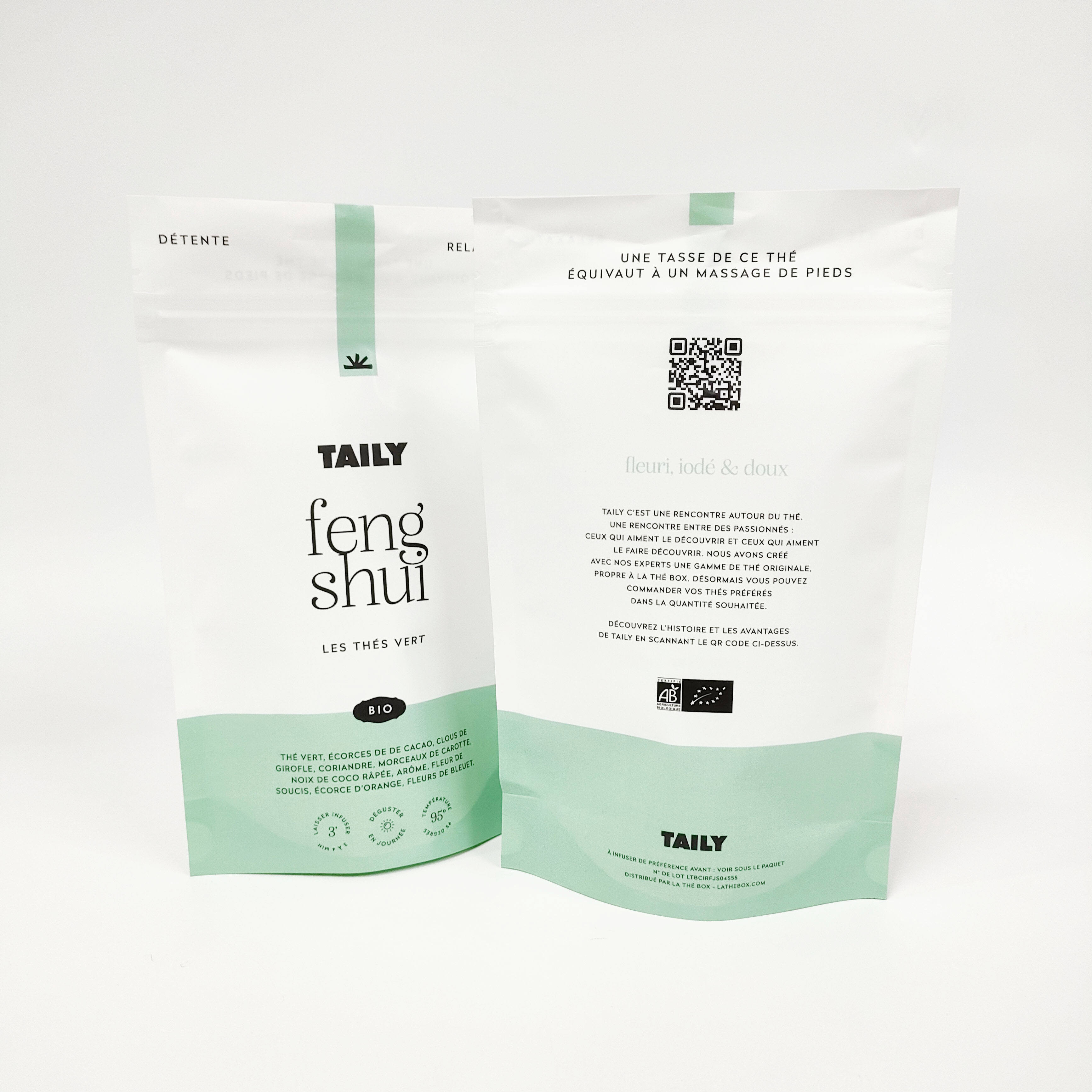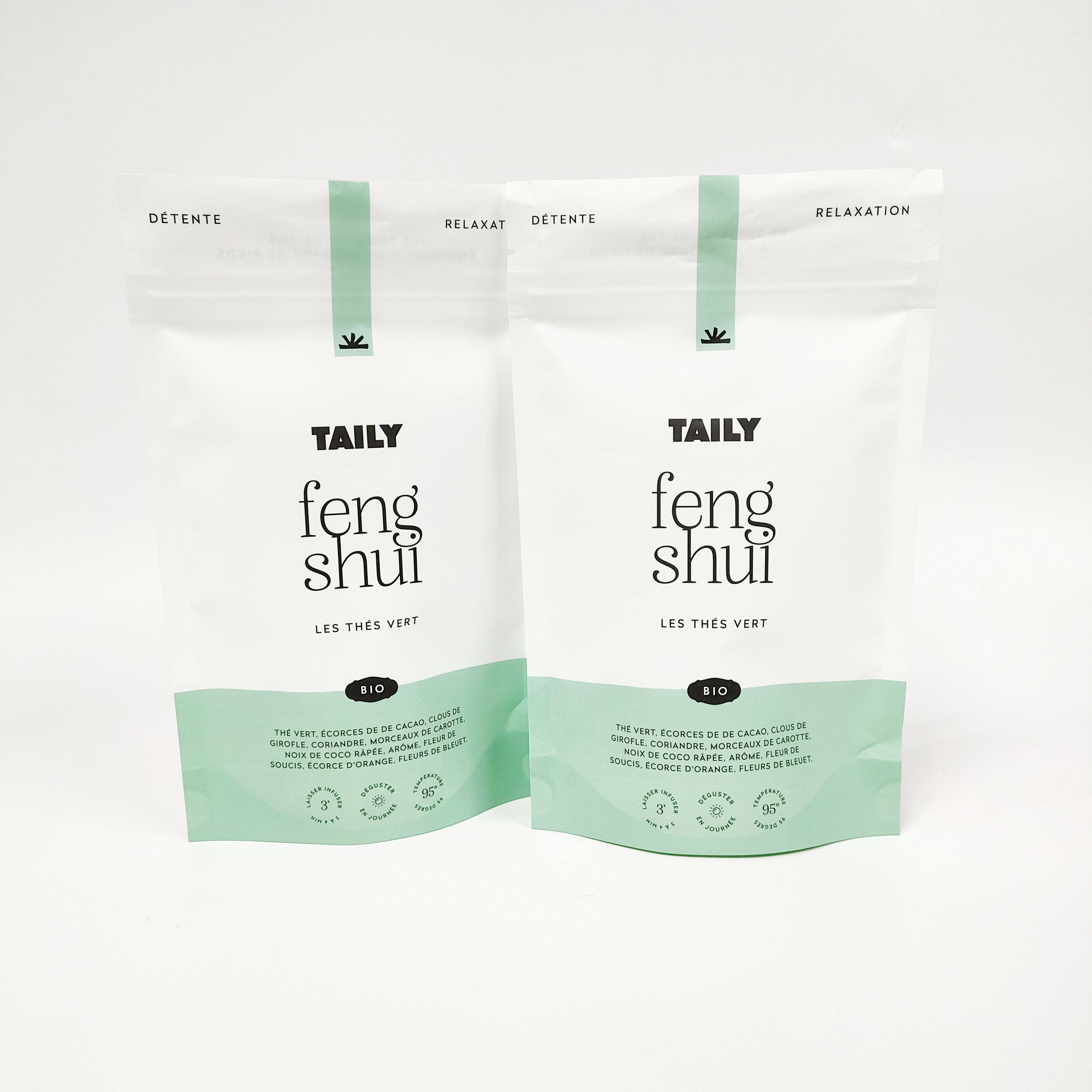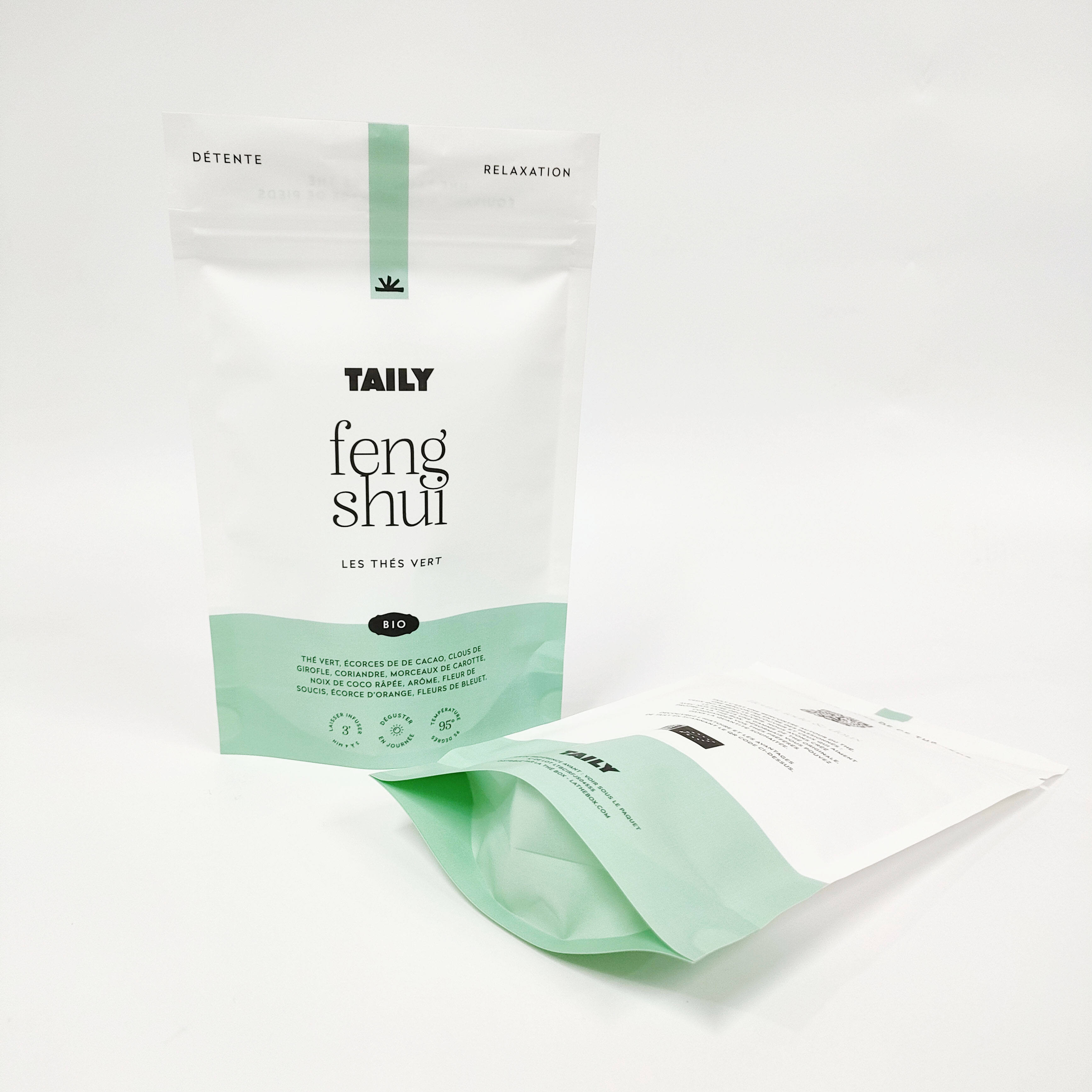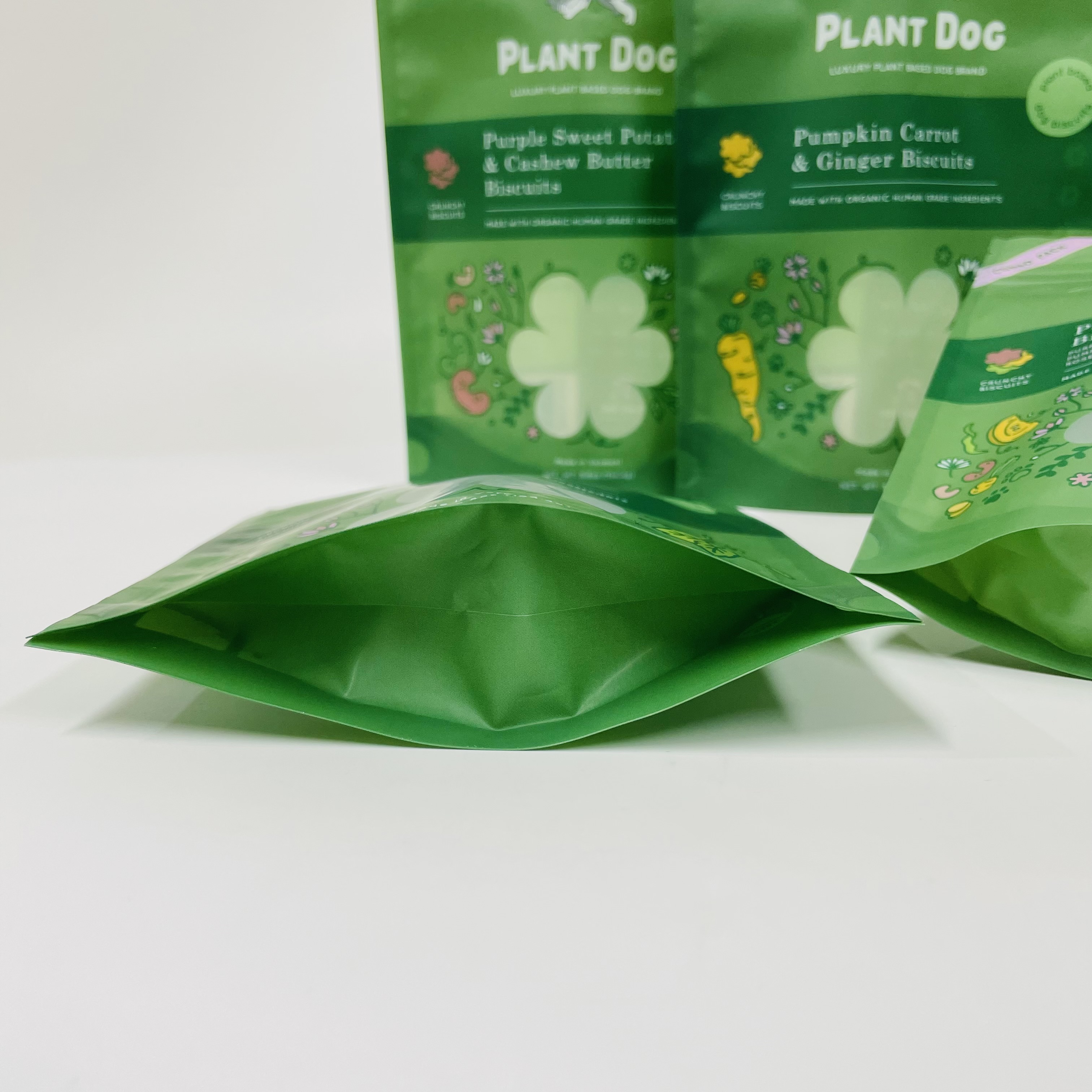Recently, biodegradable plastic bags are very popular, and various levels of plastic bans have been launched around the world, and as one of the main types of biodegradable plastic bags, PLA is naturally one of the top priorities. Let;s closely follow the professional packaging bags manufacturer TOP PACK to understand the PLA biodegradable plastic bags.
- What is PLA and what is it made of?
PLA is a polymer (polylactic acid) composed of small lactic acid units. Lactic acid is an organic acid that plays an important role in our daily life. The yogurt we usually drink or anything with glucose can be turned into lactic acid, and the lactic acid of PLA consumables comes from corn, made from the raw material of starch extracted from corn.
Currently, PLA is one of the most common materials used in biodegradable plastic bags, has a unique feature: PLA is one of the biodegradable non-toxic materials, its raw materials from nature.
- What does the rate of PLA degradation depend on?
The biodegradation process and its duration depend largely on the environment. For example, heat, humidity, and microbes Burying PLA fully degradable plastic bags deep in the soil can cause signs of decay in six months' time.
And PLA biodegradable plastic bags take much longer to degrade at room temperature and under pressure. In an ordinary room, PLA biodegradable plastic bag degradation will last a long time. Sunlight will not accelerate biodegradation (except for the heat), and UV light will only cause the material to lose its color and become pale, which is the same effect as most plastics.
The benefits of using PLA biodegradable plastic bags
In the history of mankind, plastic bags are too convenient and good to use, resulting in people have been inseparable from plastic bags in their daily lives. The convenience of plastic bags leads people to forget that the original invention of plastic bags is not a disposable item, often used once and thrown away. But many people do not know that the main raw material for the production of plastic bags is polyethylene, which is very difficult to degrade. A large number of discarded plastic bags are buried in the ground, which will lead to a large area of land because of the burial of plastic bags and long-term occupation. This is white pollution. When people use plastic bags for biodegradable plastic bags, this problem will be solved. PLA is one of the most common biodegradable plastics and is a polymer made from lactic acid, which is a non-polluting and biodegradable product. After use, PLA can be composted and degraded to carbon dioxide and water at temperatures above 55°C or by the action of oxygen-rich microorganisms to achieve the material cycle in nature. Compared to the original d of ordinary plastic bags, biodegradable plastic bags only need a few months to complete the degradation of the time. This alleviates the waste of land resources to a greater extent and does not have an impact on the environment. In addition, ordinary plastic bags in the production process will consume fossil fuels, while biodegradable plastic bags will reduce almost half of the fossil fuels than it. For example, if all plastic products in the world were replaced by biodegradable plastic bags in a year, it would save almost 1.3 billion barrels of fossil fuels in a year, which is almost part of the global fossil fuel consumption. The disadvantage of PLA is the relatively harsh degradation conditions. However, due to the relatively low cost of PLA in biodegradable plastic bag materials, PLA consumption is at the forefront.
Post time: Mar-17-2023










